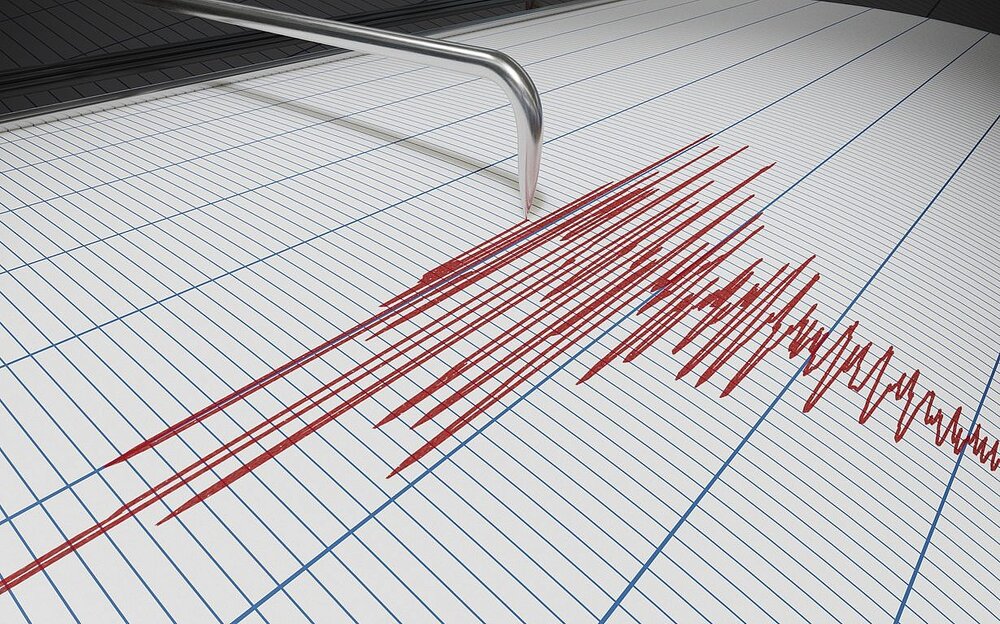No casualties as 4-magnitude tremor shakes Tehran province

TEHRAN – An earthquake measuring 4.0 on the Richter scale shook Firoozkooh county, northeast of Tehran province, on Sunday, leaving no damages or casualties.
The earthquake occurred at 11:49 a.m. local time at a depth of 7 kilometers near the city of Damavand, according to the Iranian Seismological Center.
“We have received several reports of earthquakes, some of which do not mention the fault, but a place on the border of Semnan, Mazandaran, and Tehran provinces has been the cause, which is expected to be the Mosha fault,” Mansoor Darajati, head of disaster management organization of Tehran said.
Today from 5:17 a.m. until 11:49 a.m., when the last earthquake was recorded in Firoozkooh, six earthquakes above two on the Richter scale affected this region, the largest of which was the four-magnitude, which was the last one so far, he stated.
The first earthquake occurred with a magnitude of 3.6, he concluded.
On May 8, an earthquake measuring 5.1 on the Richter scale shook the same area, killing two and injuring 33.
Later on May 27, another earthquake of 4.0 on the Richter scale shook the capital.
The causative fault for the earthquake was Mosha fault, 5km north of the city of Damavand. It has a history of major historical earthquakes in 958 A.D. in Rey-Taleghan with an estimated earthquake magnitude (EEM) of 7.7; 15 June 1665 with EEM 6.5 that caused a landslide and created Taar lake in the vicinity of Damavand, actually a mountain promenade in Tehran province; 27 March 1830 EEM 7.1 in Shemiranat; 2 October 1930 EEM5.0 in Ah-Mobarakabad; 20 January 1990 EEM5.9 in Firoozkooh; and 9 May 2020 EEM5.1 in Damavand, according to Mehdi Zare, a professor of engineering seismology.
Tehran is one of the most hazardous metropolises in the world in terms of the risk of different natural disasters, such as earthquakes, floods, subsidence, drought, landslide, fire following an earthquake, etc. On the other hand, Tehran has over 8,300,000-night time population with a mixture of old non-resistant structures as well as modern high-rise buildings that affect the vulnerability of this city.
FB/MG
